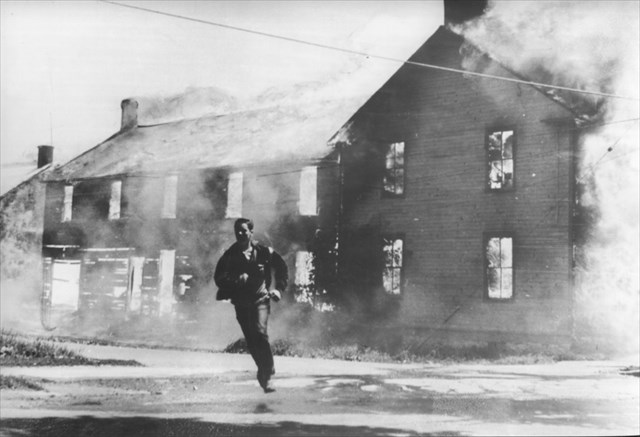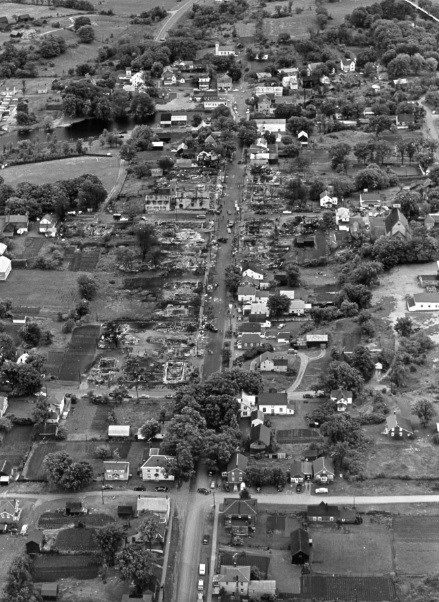This is a series dedicated to our love of history and the wonderful hobby of geocaching; once we saw that other cachers were enjoying our history-oriented caches, this series was the logical next step! Each cache in this series will tell you about a piece of Lanark Highlands history, including stories of the people and events which shaped this region. Once you have read about the history of the location, you will be able to feel the past around you as you explore the site and search for the cahce itself.
The caches range in difficulty and terrain, but they should all be quick finds. They are all in quite rural/treed locations where GPS accuracy is often questionable, but none are difficult hides and we have provided helpful hints it you need them. They are all traditional caches, except where ideal locations are inappropriate for a cache, in which case simple redirects are used. For each cache page, though we have written the story, much of the information and many of the photos are courtesy of the Lanark and District Museum; please do not reproduce the story or photos without consent from the author (Matt Stafford) or the Museum. We hope you have fun learning something new and interesting about each location you visit in the Lanark Highlands; happy caching!
The Lanark Fire
Lanark Village was first settled in 1820 (then called New Lanark) as a government supply depot for the Lanark Society Settlers who set out from the village to populate the surrounding townships. It consisted first of only the depot and a single store, but quickly grew to include other shops, a grist mill on the Clyde River, and many homes. As the lumber industry began to flourish and the region’s ‘timber barons’ began to run their logs down the Clyde through Lanark, the village grew rapidly.

At its height, Lanark was home to a great number of businesses including mills, foundries, hotels, and shops to satisfy every need of the surrounding townships; it became the bustling central hub of the region and was much larger than Perth at the time (the photo above shows the once shop-lined George Street facing the town hall). However, over the years this began to change for a number of reasons, principally the slowing of the lumber industry, the lifeblood of the region, and because trains that passed through villages to the north and Perth to the south never came to Lanark. This was why, by the early 1900s, Lanark had lost its lead on other local towns and villages. Though no longer growing as rapidly as it once did, Lanark continued to be a prosperous little village until one windy day in 1959.
 Around nine o’clock on June 15th, 1959, a single spark ignited a fire at the Campbell Sash and Door Factory (a planing mill) at the corner of George and Owen Streets. The fire went unnoticed for a few crucial minutes, allowing it to take hold in the dry fuel of the factory’s wood and sawdust. Within minutes the factory was ablaze and the fire had already begun to spread to nearby buildings (as seen in the photo to the left, showing a man running past the burning factory to warn firefighters that his home was now burning as well). The merciless wind and dry heat of the summer day then took hold of the fire, which quickly began to move down the village’s main street.
Around nine o’clock on June 15th, 1959, a single spark ignited a fire at the Campbell Sash and Door Factory (a planing mill) at the corner of George and Owen Streets. The fire went unnoticed for a few crucial minutes, allowing it to take hold in the dry fuel of the factory’s wood and sawdust. Within minutes the factory was ablaze and the fire had already begun to spread to nearby buildings (as seen in the photo to the left, showing a man running past the burning factory to warn firefighters that his home was now burning as well). The merciless wind and dry heat of the summer day then took hold of the fire, which quickly began to move down the village’s main street.
As the flames began to travel down George Street, sparks and burning debris were blown ahead onto the dry rooftops of the village. Witnesses say that some buildings beside the fire were simply superheated to the point that they themselves combusted. Half way along the first block the fire crossed the street and continued to burn along each side as firefighters from every town and village as far away as Ottawa tried in vain to stop its advance. Seeing the approach of the inevitable, many people began to empty their furniture and belongings into the streets, much of which eventually caught a spark and burned where it sat. The fire soon crossed Clarence Street, burning the village’s town hall and the stores that surrounded it.
Around noon, as the wind began to die down, the fire was finally halted as it neared the Clyde River. Though sparks had blown across the river and traveled beyond the far edge of the village, thankfully no other fires got out of control. The fire finally burned itself out shortly after being stopped, but the village had been devastated.

In those three short hours over 40 homes and businesses were destroyed and nearly 100 people were left homeless. Once the busy center of the village, nothing now stood along George Street between the Sash and Door Factory and the Locker Plant (Pretty Goods today). For a number of days the streets of Lanark were lined with a steady stream of cars coming from miles around to view the devastation. Though so much had been lost, many villagers vowed to rebuild their homes and livelihoods, including the owner of the hardware store who promptly hitched a ride to Toronto to get a loan and buy new stock, which he was selling to those in desperate need in Lanark just two days after the fire from a makeshift store in his home. The resilience of Lanark’s people was tested and proven that day and in the coming years.
Many of Lanark’s homes were indeed rebuilt along with some of its businesses, but the village never again boasted the vast array of shops and services that it once had. The great fire of 1959 was a major blow to the village from which it is still trying to recover today.

To find this cache you must first visit two locations at the coordinates given; where the fire began and where it finally ended. Travelling between the two you will get a sense of how much was lost on that fateful day, and how much work had to be done to recover.
At the posted coordinates (where the Campbell Sash and Door Factory stood before the fire) you will find a telephone pole, and on that pole you will see a metal plate with five letters and a number. This number is A.
At the posted coordinates of stage 2 (formerly the site of McFarlane's Hardware, the last building damaged by the fire) you will find another telephone pole, this one with a five digit number. The first digit of this number is B.
The cache is located at N 45 (6-A).907 W 76 21.9(3-B)0
Check out the other caches in this series!